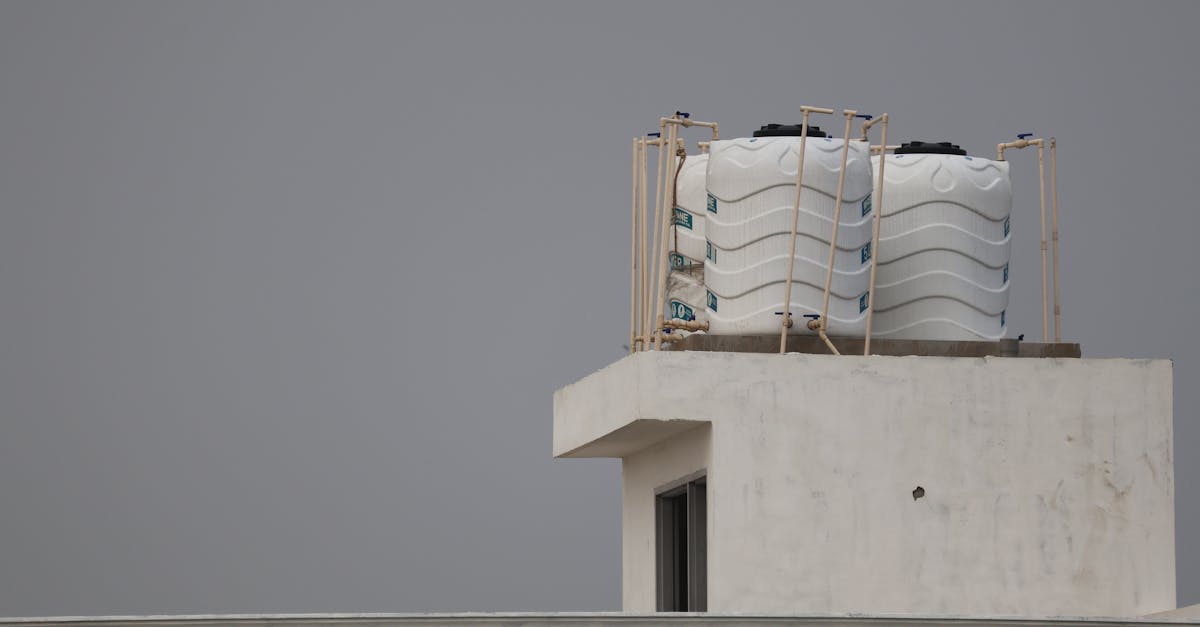
Cost Factors for Galvanized Corrugated Metal Roofing
When considering galvanized corrugated metal roofing, several cost factors come into play. The price of materials consists mainly of the type of metal and gauge chosen. Thicker metal typically costs more, but it also offers increased durability. In addition to material costs, expenses such as fasteners, sealants, and any required underlayment must be factored into the overall budget. Accessibility factors can also influence pricing when considering additional features. Features designed for easier maintenance and repair may involve higher upfront costs but can reduce long-term expenses. For example, systems that are easier to clean or repair may save time and money over the lifespan of the roof. Therefore, while additional features can enhance the performance and look of the roof, they also necessitate a balanced evaluation of short-term investments versus long-term benefits.
Labour costs can vary significantly based on the complexity of the installation and local market rates. Hiring an experienced contractor is advisable to ensure proper installation, which can also influence the final price. It's essential to consider any additional expenses that may arise during the project, such as removal of existing roofing materials or permits required by local councils.Customisation and Upgrades
Materials, Labour, and Additional ExpensesCustomisation options for standing seam metal roofing can significantly influence overall costs. Choices such as colour, panel width, and metal gauge allow homeowners to tailor their roofing to suit aesthetic preferences and functional needs. The addition of unique textures or finishes may also elevate the price. Customising these features not only enhances the visual appeal but can also impact installation complexity, further contributing to expense variations.
The cost of installing galvanized corrugated metal roofing primarily hinges on the quality of materials selected. High-quality metal sheets, along with proper coatings that enhance durability and weather resistance, can significantly elevate the overall cost. Additional expenses may arise from necessary insulation and underlayment materials, which contribute to energy efficiency and protection against moisture. While initial material costs may seem higher compared to traditional roofing options, the longevity and low maintenance requirements of galvanized roofing can offset these expenses in the long run.Upgrades, such as enhanced insulation or integrated solar panels, can increase upfront costs but might lead to long-term savings. Investing in higher-quality materials can improve durability and longevity, potentially reducing the frequency and extent of repairs. The decision to include additional features should consider both immediate budget implications and future value, positioning an investment towards energy efficiency or aesthetic appeal that meets specific requirements.
Labour costs can vary based on the complexity of the installation and the experience of the roofing professionals. Skilled workers are essential to ensure proper installation, which is crucial for preventing leaks and extending the lifespan of the roof. Additional expenses may also include permits and safety equipment, especially for larger projects. Though the upfront investment may be substantial, the integration of galvanized corrugated metal roofing can lead to fewer repairs and replacements, ultimately proving cost-effective over time.Climate Considerations
Choosing the Right Thickness of Galvanized Corrugated MetalClimate plays a significant role in determining the cost of standing seam metal roofing. In regions that experience extreme weather conditions, such as heavy rain, intense heat, or high winds, the roofing system must be designed with additional protective features. This may include thicker gauge materials or enhanced coatings to resist corrosion and fading. As a result, the initial investment in roofing can increase due to these necessary adaptations.
Selecting the appropriate thickness for galvanized corrugated metal roofing is crucial for ensuring durability and performance. The most common measurement system for evaluating metal thickness is gauge. A lower gauge indicates a thicker metal sheet, providing enhanced strength and resistance to harsh weather conditions. Thicker panels are often chosen for commercial buildings or areas prone to heavy rainfall or strong winds, as they can better withstand intense stress and impact.Local climate conditions also influence the choice of insulation and underlayment materials, which can add to the overall cost. Areas prone to heavy snow may require stronger support structures to handle the added weight, while properties located in bushfire-prone regions often need fire-resistant materials. Long-term durability and efficiency in a specific climate can lead to more significant savings on maintenance and energy costs, impacting the overall financial consideration of metal roofing solutions.
When budgeting, consider the potential future costs for maintenance, repairs, and replacements, as well as the durability and longevGalvanized metal roofing has several advantages, such as longevity and low maintenance, but may have drawbacks like noise during rain and potential for thermal expansion. It’s essential to weigh these pros and cons against other materials such as asphalt shingles or tile roofs.ity of the materials used in the roofing system.
Is galvanized corrugated metal roofing suitable for all types of climates?
Yes, galvanized corrugated metal roofing is suitable for a variety of climates. Its resistance to rust makes it ideal for humid environments, while its light weight and strong structure allow it to withstand high winds and heavy snowfall. However, proper insulation and ventilation are recommended to optimise performance in extreme weather conditions.Related Links
Understanding the Investment Value of Standing Seam Metal RoofingRelated LinksNegotiating Pricing for Standing Seam Metal Roofing Services
Innovative Corrugated Metal Roofing Material OptionsThe Importance of Quality and Cost-Effectiveness in Standing Seam Metal RoofingCorrugated Zinc Roofing: Material OverviewLong-Term Cost Savings with Standing Seam Metal Roofing
Exploring the Different Coating Options for Corrugated Metal RoofingEvaluating the Return on Investment of a Standing Seam Metal Roof
Environmental Benefits of Corrugated Metal Roofing MaterialsThe Hidden Costs of Standing Seam Metal Roof Installation
The Durability of Copper Corrugated RoofingExploring Financing Options for Standing Seam Metal Roofing
Understanding the Properties of Aluminum Corrugated Roofing
Advantages of Steel Corrugated Roofing Sheets